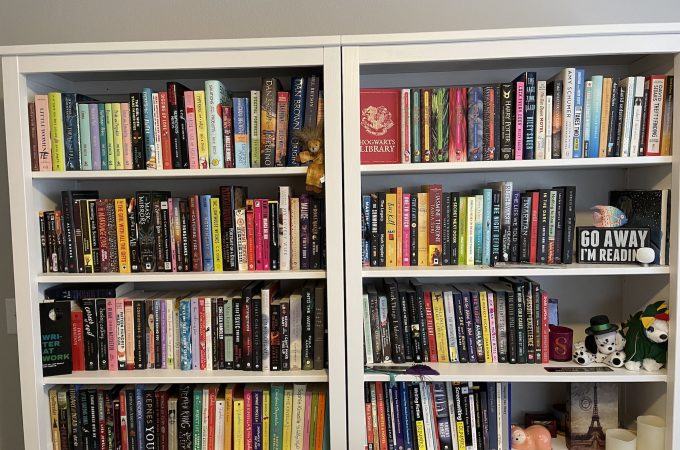
Developing your character’s goals and motivations
A story is simply sharing the journey of a character who has a goal or wants to accomplish something but is struggling against external forces or the actions of the antagonist, and will either succeed or fail. That’s it. Those are the core components of a story, but what hooks us is in the character’s goals and motivations and seeing the conflict that arises as they work toward achieving their goal.
In storytelling there are two main types of goals: External and internal.
External goals are goals that we’re aware of, like finding the elixir of life, becoming rich and powerful, finding the killer, or becoming a Jedi. Internal goals aren’t always so obvious and are often hidden from other characters. Maybe the reason the main character is trying to find the killer is to achieve their internal goal of getting revenge or closure over the death of a loved one. Or, the reason the character wants to be a Jedi is to win approval from family or friends or feel a sense of accomplishment.
- Goal: A conscious objective the character wants
- Motivation: Reason why they want that goal
To figure out your protagonist’s goals, it helps to start with their motivations and why they do the things they do. Think of their motivations as the direction the story should go but their goals are the road map and stops along the way as they’ll have smaller goals to reach their big one.
There’s a big list of motivations you can set your characters up with, but I really like the six emotional motivations laid out by Mythcreants:
- Justify their existence
- Avoid conflict
- Protect others from threats
- To find joy and meaning in their life
- To escape the inevitable
- To find companionship
These motivations can be understood by anyone and get readers on your protagonist’s side.
To figure out your character’s motivation, ask yourself:
- What matters most to my character?
- What do they value?
- What drives them to be better?
- What makes them feel alive?
- What are they scared of?
- What do they want more than anything?
By knowing these answers, you can work backwards to figure out what motivates them and what kind of goals make sense for them in the context of your story.
Then, you’ll add some additional layers with your protagonist’s goals and motivations by adding in their lie and truth, which will provide obstacles and conflict with the protagonist reaching their goals.
- The lie: What they think will get them to their goal
- The truth: What they need to confront and embrace to truly change and reach their goal
Lies are born of doubt, fear, from the character’s flaw, or regret. Maybe they doubt they’re the right person for this adventure or scared of what’s ahead and can’t take action.
Writing better character goals

Make them specific
Characters shouldn’t just do things to do things and drive the plot forward. No one wants to read a story about random things happening that aren’t connected or driven by the characters. Make their goals specific and exciting – as well as opposed to a ticking time bomb.
Tie them to the motivation
If your character’s motivation is to find meaning in their life, their goal should tie to that theme. Maybe their goal is to start their own business, or leave their tired life behind and go on an adventure, or start a family. It’s hard to root for characters who have conflicting goals and motivations as we won’t be able to relate.
Give them agency
One reason I don’t like the Twilight series is because Bella has no agency and things simply happen around her. She doesn’t really impact her own story or plot and things just happen because the story needs them to. Characters should have fears or doubts about their decisions but they should ultimately make a decision or take action toward their goal that impacts what happens next.
Make them lie-driven
I mentioned the lie earlier, the thing the character thinks they need to solve their problems or reach their goals, and the lie will drive the majority of your story until they finally accept the truth. The lie should be something the character firmly believes is the right answer for them even though it’s more self-destructive than they think it is.
This also fuels your ending as they either accept the truth and rise from the ashes of their lie or they reject the truth and succumb to the self-destructive behaviors the lie encourages.




